UCLA UX Design
Project: iOS Clock App Redesign
Date: Jan. 2025 - March 2025
Role: UX/UI Design, UX Research, usability testing, prototyping
Undo it, see my process
As part of a 6-person UX design team, I worked on redesigning key features of the iOS Clock app to better support users' daily routines, and reinforce Apples business goals. Our goal was to make alarms and timers easier to manage, more customizable, and less cognitively demanding.
We conducted user interviews, built affinity maps, and identified pain points in the current app experience. From there, we designed high-fidelity prototypes and performed usability testing to evaluate whether our solutions made managing time simpler and more intuitive.

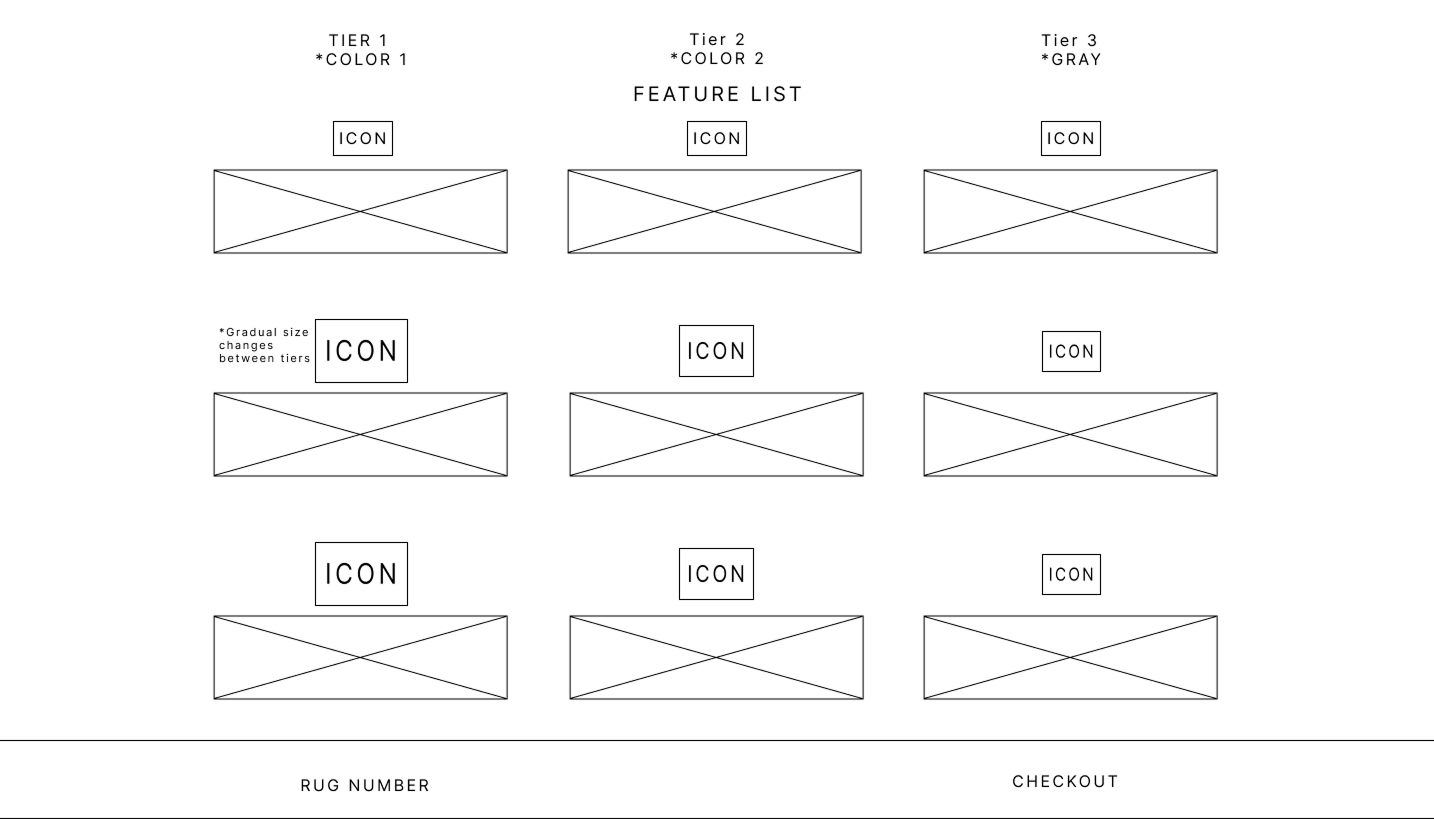
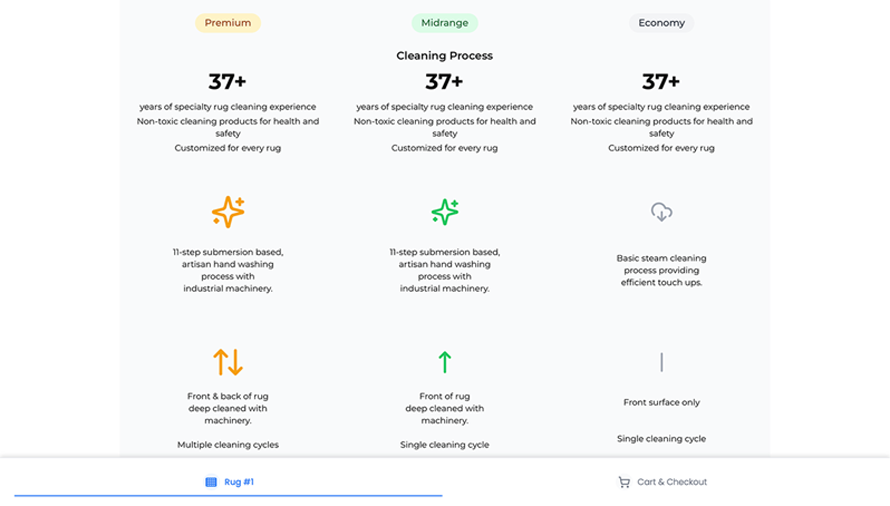
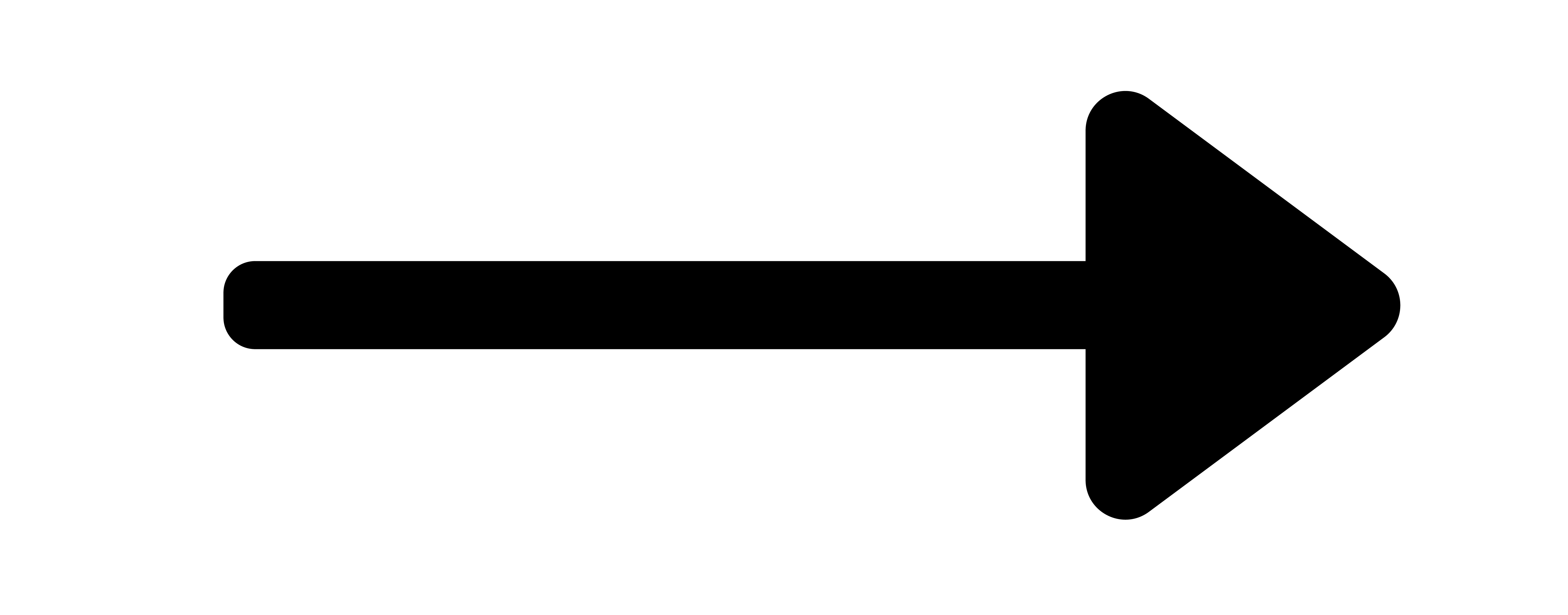

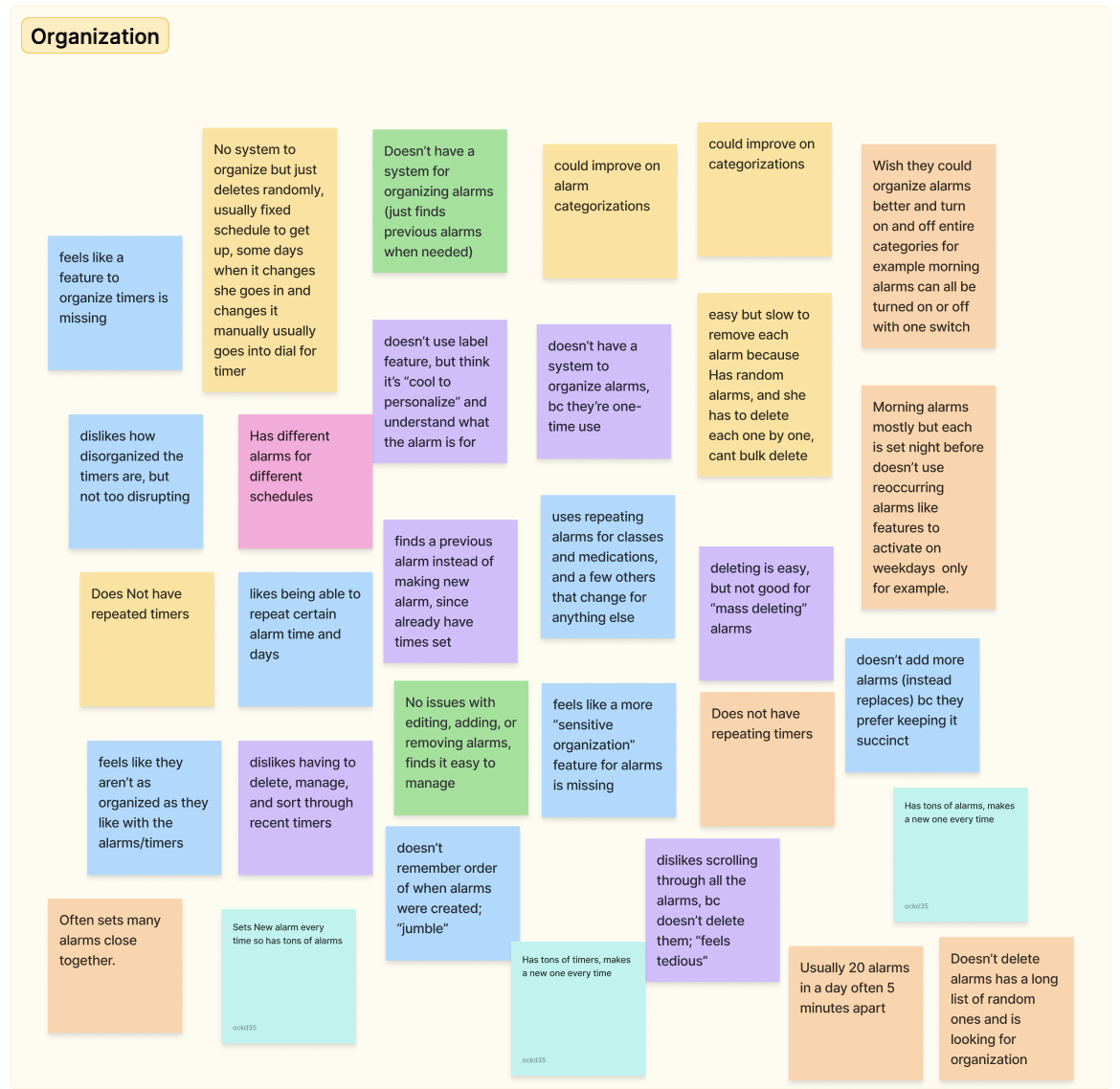
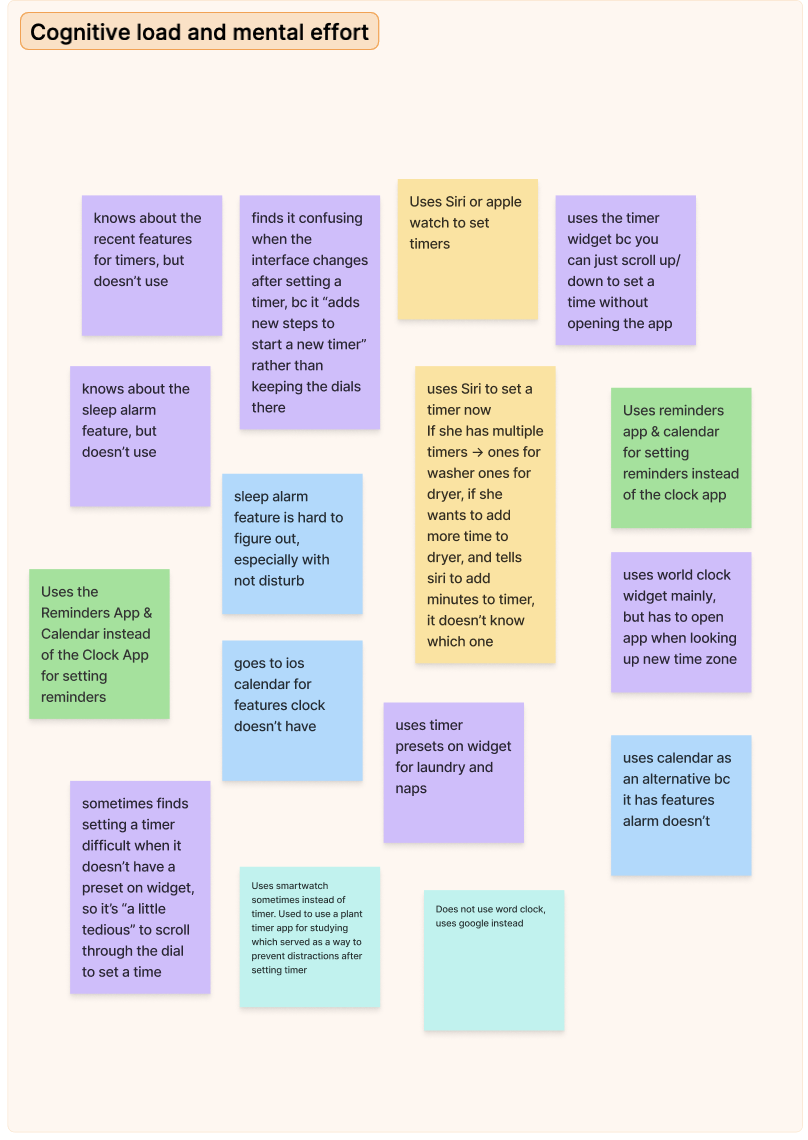
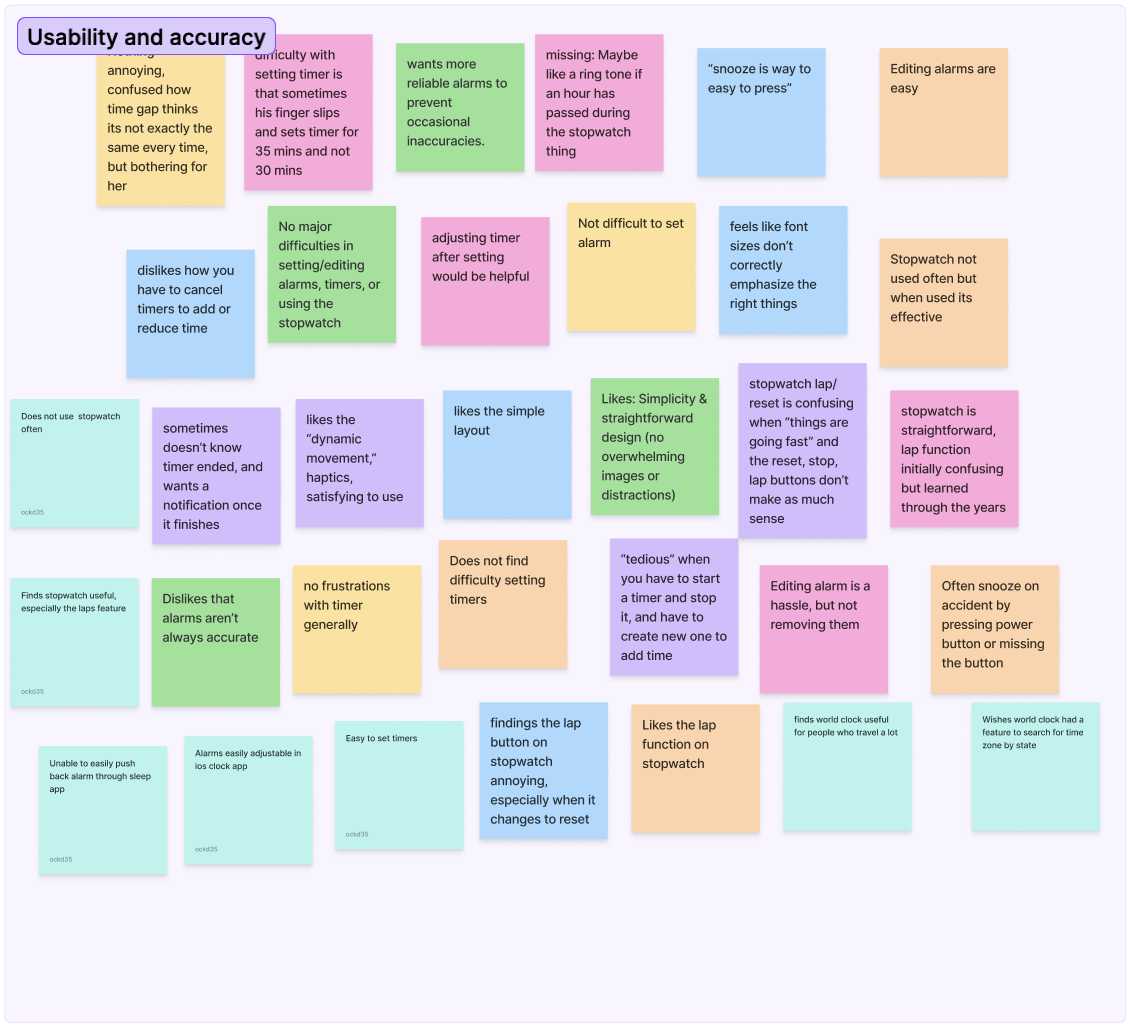
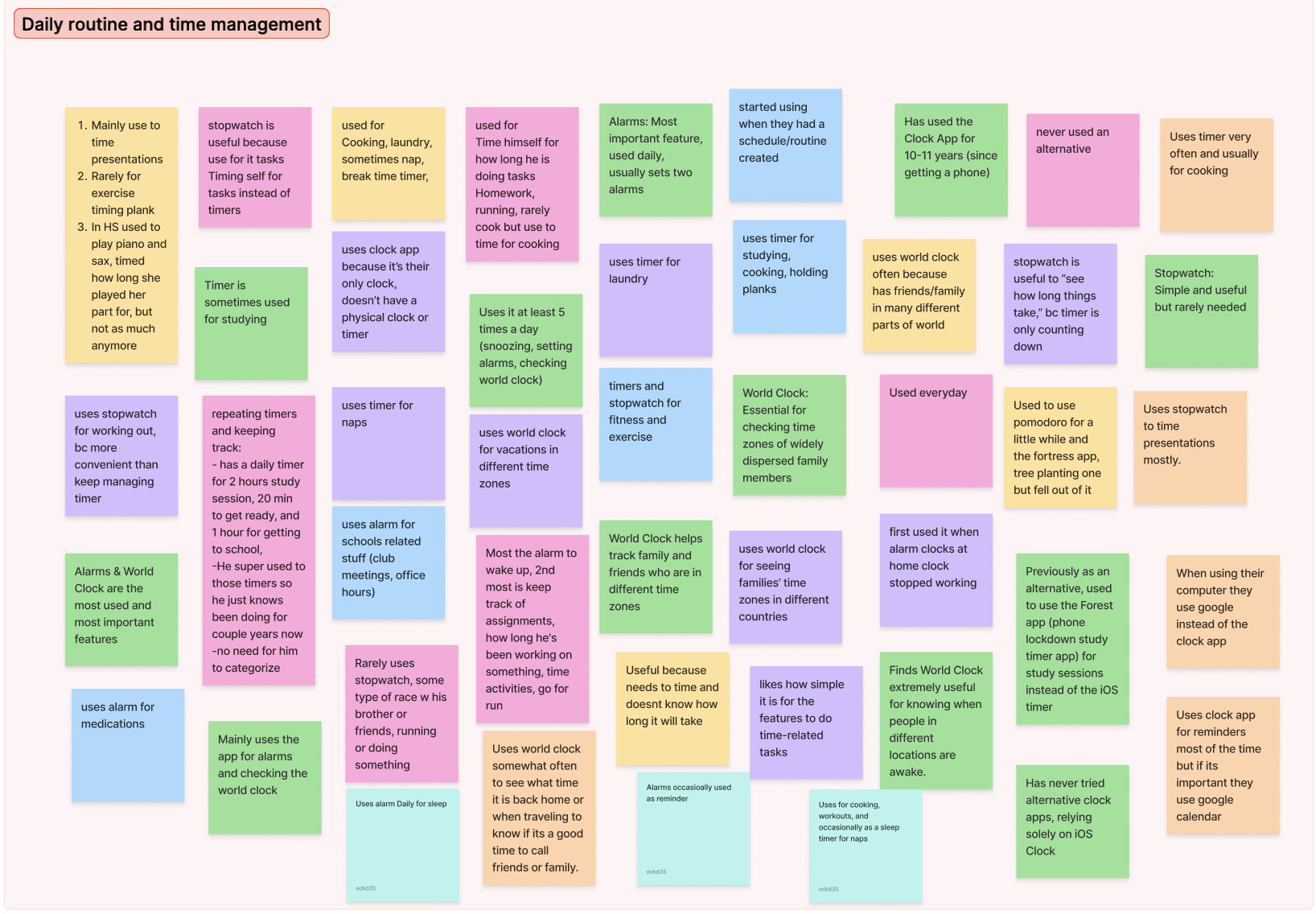
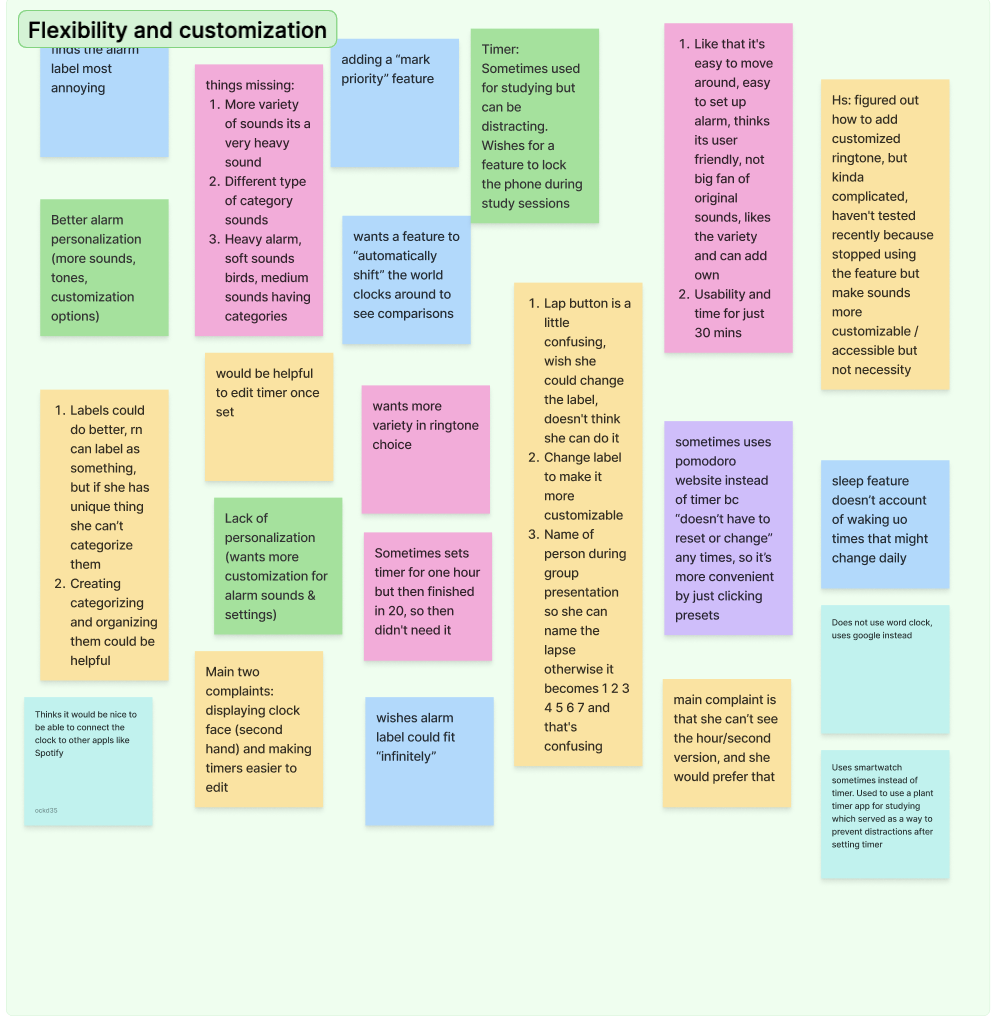

.png)
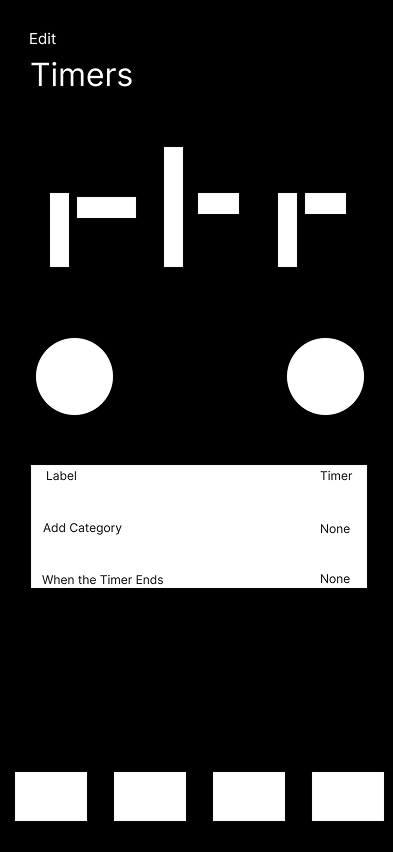
.png)
